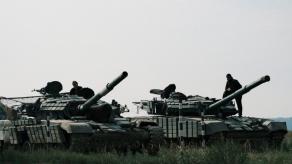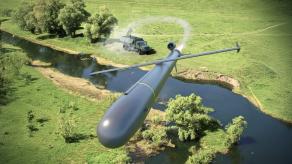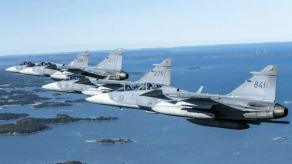Producing a million drones per year is not just about money but production capacity as well. Having set this goal coming into 2024, Ukraine feels the importance of secure locations for industry as no one else as it understands russia can launch a long-range strike at any point on Ukrainian territory.
Therefore, whether the goal of reaching a million drones is possible or not, partially depends on the configuration of the industrial complex. An interesting example of a working distributed manufacturing model is showcased by TAF Drones. This company aims to make 350,000 FPV drones this year, CEO Oleksandr Yakovenko told Defense Express in an interview hosted by Espreso TV channel.
Read more: Case in Point How Much NATO is Out of Sync with Reality Regarding FPV Drones: Polish Expert Explains Why FPVs are Unnecessary
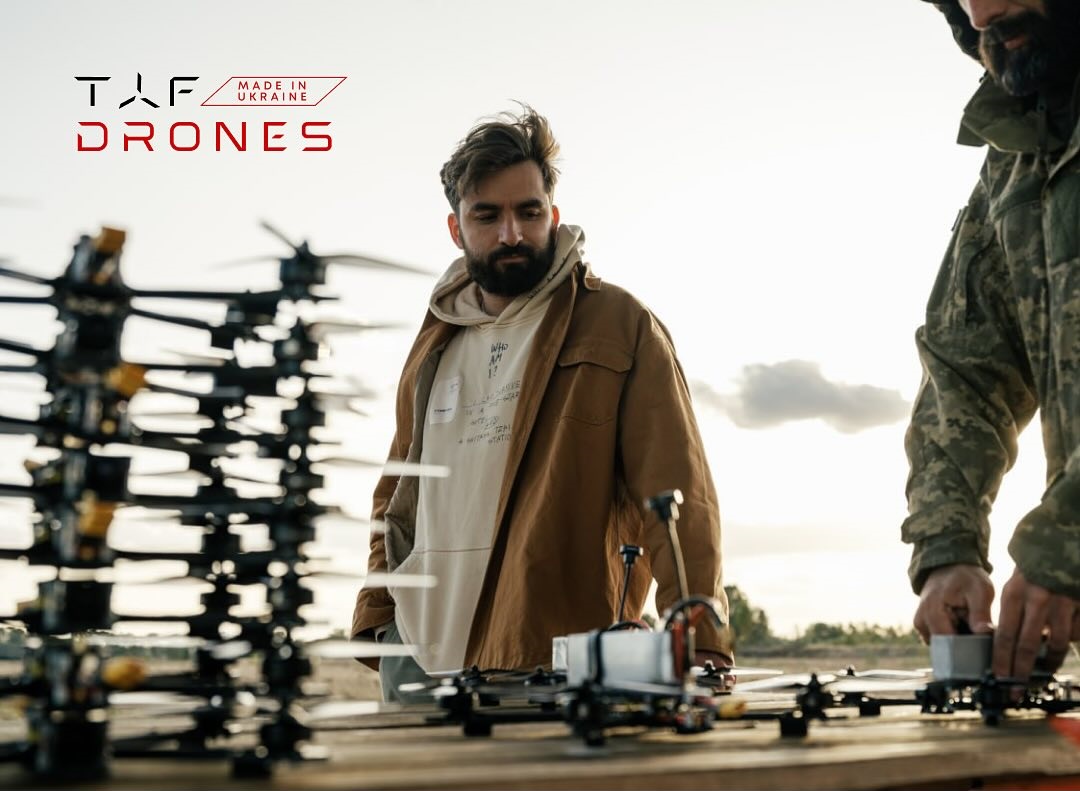
There is no particular place where the drones are assembled, Yakovenko says. The production is dispersed among six cities, some 12 industrial locations operate all at once, which change every three months. In other words, the production is not just distributed, it is both migrating and distributed.
This strategy makes it extremely difficult for the enemy to pinpoint and strike down the industrial capacity of TAF Drones but requires top-notch cohesion because relocation once in a quarter has to be done smoothly without slowing down the manufacturing. Apart from that, such a "nomadic" lifestyle forces the company to view its capacity in a different light and make it more mobile and compact.
Yakovenko told us that they in TAF Drones use the "conveyor approach" in production. It's not about literal automated assembly lines but a general approach to the process: each specialist has a narrow specialty and a specific production operation to do:
"Someone does the soldering, someone tightens the screws, someone adjusts the settings, someone carries out the testing, etc.," says the company chief and adds that this job allocation enables to get 7–8 drones done a day per employee.
This kind of approach has been well known since Henry Ford, and it does have advantages over the do-all-yourself attitude when each worker spends more time jumping from task to task. It also shortens the time needed to teach newbies, which is especially important when trying to scale up production.
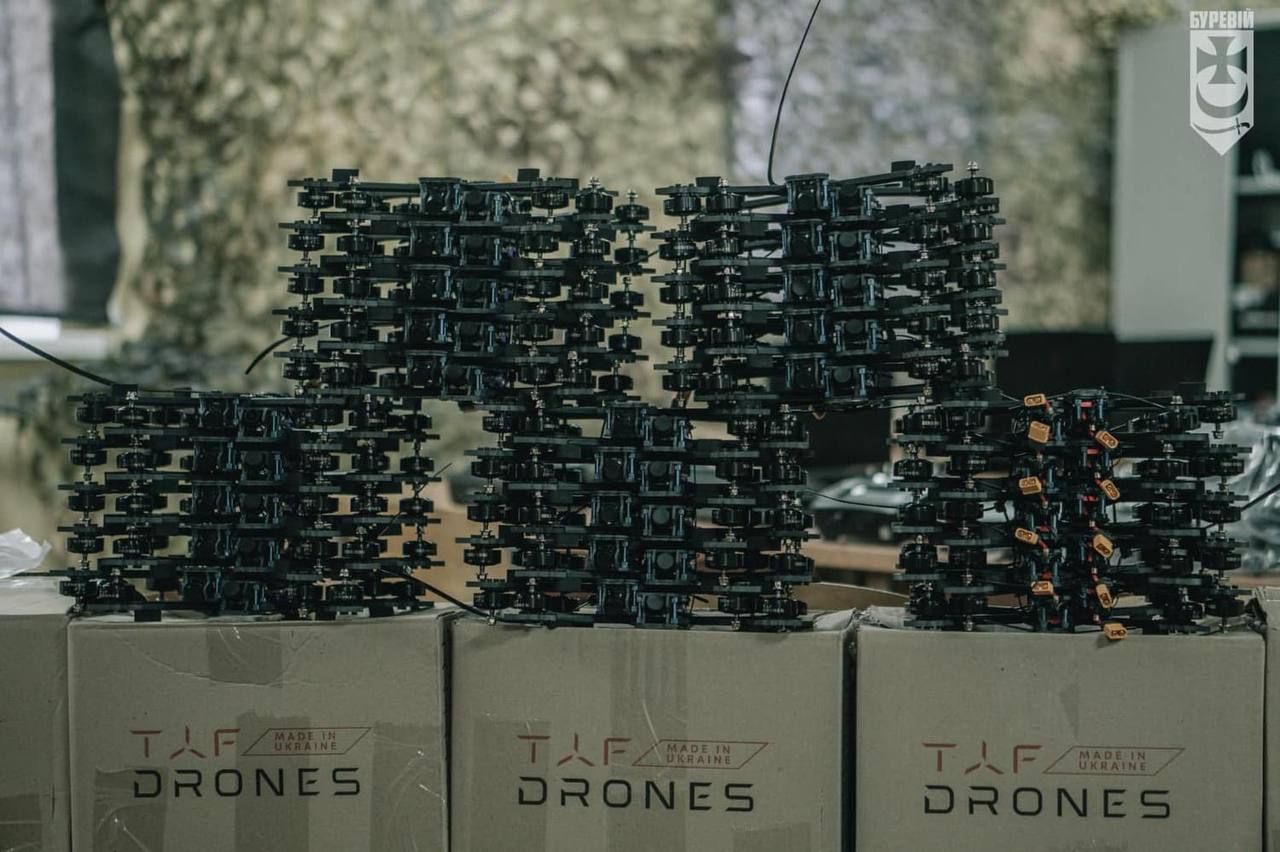
Besides making FPV drones, TAF Drones is finishing the development of a winged kamikaze UAV with a 4-kg payload and an operational range of 40 km. The main feature, though, is the low price: up to ₴80,000, or a little above $2,000. According to the current plan, the deliveries of the new product will begin this March.
The company is also working on the "machine vision" for their FPV drones but the cost of this upgrade is yet too high to be implemented on each unit. There is also a project on making a solid rocket with an attack range of up to 70 km in development.
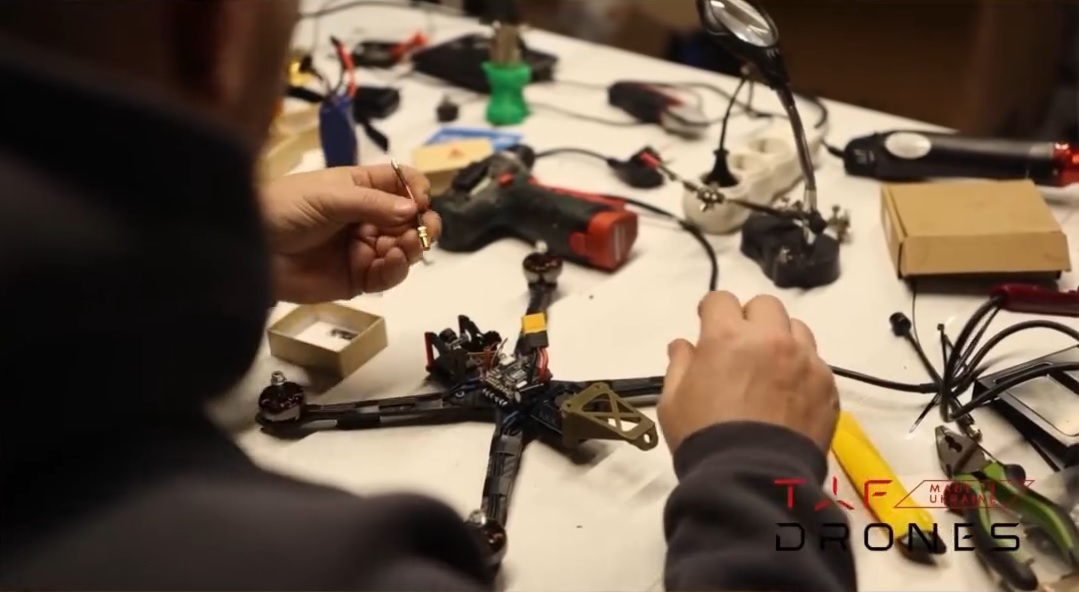
Read more: Ukrainian Strikes May Have Hindered the Production of russian Lancet Drones








